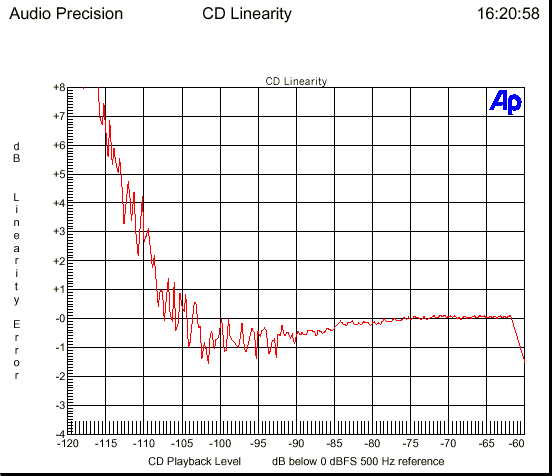DVD Benchmark - Product Review - Toshiba SD-2109 DVD Player - December, 2000 Staff
Background
This DVD player is a second generation low priced model. At the time it was released, there was the SD-3109 and SD-2109. Toshiba broke new ground with this DVD player by not only offering it at a low cost, but by also providing component video outputs. We have actually recommended this DVD player to many of our friends because of its cost at the time and features offered. After taking a closer look, we feel really good about our recommendation. Also, see the original review on the 2109 by Brad Shifflett.
Anyway, here are our test results:
Video
The video quality of this DVD player was a surprise to all of us. It was like finding a diamond in the ruff. For the cost, this is a good DVD player that holds up well against other players.
The CAV outputs are improperly labeled Y'Cb'Cr', and they use the inferior RCA connectors.
Black and White Levels
Format Black White Comments CAV 7.5 104.2 The black level is perfect. White, like all Toshiba DVD players, is VERY hot. Some video processors will clip everything above 100 IRE. YC 7.5 103.7 The YC levels closely match the CAV levels. Color Bars
CAV
The Y out of the CAV channel is high except for black where it is dead on.
The Pb portion of the CAV output is just below SMPTE and EIA 770.1. The Pr portion of the CAV output is just below SMPTE and EIA 770.1.
Component Analog Video Data
YC
The Y level of the YC output is higher than SMPTE 170M.
The chroma level is higher than SMPTE 170M. The Chroma phase of the YC output is perfect.
Composite/YC Data
Video Frequency Response
The CAV and YC outputs closely match, up to about 4 MHz. Then the CAV output is slightly higher. The video frequency response is flat out to about 3.58 MHz, then both shoot upwards. The CAV output is 0.53 dB at 5 MHz.
This player does have a fair amount of ringing on the Avia sharpness pattern. It will appear sharper than some other players, but it is not real resolution.Video Frequency Response
Pixel Cropping
Location Pixels Comments Top 0 Excellent Bottom 0 Excellent Left 5 Very Good Right 0 Excellent Signal-To-Noise Ratio
Format Output SNR (dB) Comments CAV Y -56.3 Poor CAV Pb -70.0 Very Good - nice SNR for a budget player. CAV Pr -70.1 Very Good YC C-AM -68.5 Excellent - This player had one of the best AM SNRs, not bad for a budget player! YC C-PM -65.2 Very Good Component Channel Timing
Channel Timing (ns) Comments 'Pb' to Y -1.1 Excellent 'Pr' to Y 0.4 Stellar 'Pb' to 'Pr' -1.5 Excellent Audio
Audio Frequency Response
The audio frequency response of the SD-2109 was not as bad as some of the players we have tested, but still pretty poor. Bass response was above 0 dB, and there was a big peak at 10 kHz. Overall, the treble response was jagged. Not so great.
Audio Frequency Response
Harmonic Distortion + Noise FFT
Harmonic distortion was actually not too bad. The 2nd harmonic was the largest, which is desirable, as the statement means that the higher order distortion products were lower in amplitude. There were some spikes at 14 kHz and 16 kHz, which are certainly higher order, and we could do without them, but they were still small in amplitude.
Distortion Spectrum
Wide-Band noise spectrum FFT (Wall AC)
The Noise floor unassisted by AC filtering wasn't too bad either. The 60 Hz AC power line component was a good 108 dB down, with the next substantial component at 300 Hz at 123 dB. There was also a spike that peaked just above 20 kHz, at about the same level. Actually, the noise floor was really good within the audible range. There was a bit of ultrasonic trash, but all below 110 dB.
Noise Floor (Wall)
Wide-Band noise spectrum FFT (Lab grade AC)
As good as the noise floor was with regular old AC, with a lab grade AC supply, good performance got slightly better. The 60 Hz component dropped to 120 dB, the 300 Hz peak dropped in with the rest of the floor, and while most of the ultrasonic peaks still hung out, the peak just above 20 kHz vanished. Hmm .. Invest in a good AC line purifier for a really cheap DVD Player? Well, if you've got one for your high-dollar preamplifier, use it with the 2109 too.
Noise Floor (Lab)
Low-Level DAC LinearityDAC linearity was mediocre. It stayed within ± 1 dB of linear down to 93 dB. It wasn't really all that bad, but indicates not so carefully selected parts. Did this model tout 24-bit DACs? If it did, the benefit is primarily marketing specs.
DAC Linearity
Dynamic Range
87.0 dB. We would have thought, looking at the noise floor from the analog outputs with the DACs muted, that it would have done better. This single number implies, though, a bit of noise contributed by the DACs themselves.
Inter-Modulation Distortion
-114.6. Not so lemony.
Functionality
Note: A green check in the boxes below means that feature worked OK. A red X means it is unsatisfactory.
Avia
Test Results Comments Subpicture
The menu highlights disappear on Avia when you navigate in several layers deep. You can get them back by turning on the player's subtitles. Slide Show
This player cannot pause on slide show material. You get no icon. Video Essentials
Test Results Comments Blacker-Than-Black
Stress Test
WHQL
Subpicture Palette (DCS)
Test Results Comments Still
Bob
Weave
Default Palette Color Index
Test Results Comments Still
Bob
Weave
Custom Palette Color Index
Test Results Comments Still
Bob
Weave
Branching
Test Results Comments Seamless Branching
This player is slower than normal and takes 3 sweeps to branch. Multiple Angles
This player takes about 1 1.25 seconds to change angles. Menu
Test Results Comments Loops
Ends
Field/Frame Freeze
Test Results Comments Weave
Bob
16x9 Menu
Test Results Comments Letterbox
Widescreen
Cropping
Test Results Comments 352x240
720x480
704x480 352x480 Layer Break
This player is fairly quick and takes about 1 - 1.25 seconds to change layers.
Test (DVD) Results Comments "Cruel Intentions"
"Ghostbusters"
"Friend" VCD "Saving Private Ryan" (DTS) "The Abyss" Chesky Super Audio 96/24 This player down-converts the 96 kHz audio to 48 kHz at the digital output jack. Physical Response
Test Results Comments Setup
It is user selectable. We believe they call it enhanced black. Transcode
CD-R Error Correction/Concealment
Pierre Vareny
The CD error correction is towards the bottom end of the pack. It is able to read up to and including track 30, which represents a 0.75mm gap.
Scratch the Dog
The player is pixilated at chapter 2 and dies at chapter 17.
Usability
The Remote Score = 4 out of 11. The images give you an indication how the Toshiba designers have considered the usability of the remote.
We established our rating scheme in the usability article with the Eleven Tenets of Remote Design. Each one of those principles gets the player 1 point, so the maximum possible score would be 11. See the comments for each of those design tenets.
Test Results Comments Button Access
Spacing here is excellent and most controls can be reached easily without inadvertently pressing other buttons. However, since the remote is slightly larger than can be comfortably held in one hand, you will have to readjust your hand to reach all the buttons. Minimal number of buttons
The remote has a sliding panel to conceal less frequently used buttons. This remote allows you to control your DVD and TV and serves most functions well. The only issue is using this remote to control your television where the number pad becomes more important. One issue with this style of remote is the buttons under the sliding panel are inconvenient if you actually need to use them more frequently when, for example, using this remote to control the TV. This is a general design issue with all of the remote that make use of the sliding panel.
They conserve some space by having the arrow keys serve double duty as channel up/down and volume up/down buttons. However, it isn't readily apparent how you switch between the two control modes.Distinctive buttons Most of the buttons can be distinguished by feel. There are a number of different sizes and shapes that make it easy to use this remote with the lights off. This is good, but not as good as remotes that have backlighting and good design. Appropriately sized buttons The buttons are not prioritized by their size. The more important and more frequently used buttons should be larger on remotes. Good tactile feedback
We found the buttons to be a bit mushy and low profile. Fits well in a single hand
The remote is actually just a bit large for the average hand, which makes it a bit difficult to reach all the buttons without readjusting your hand. Right/Left Handed Because the remote is just slightly large, it is difficult to reach the play button when using the remote with your left hand. Backlighting No backlighting. This is a strange because some of their other remotes with the same form factor have backlighting. It should be included on all their remotes (we would think that they would save money by reducing the number of parts they have to manufacture). Indication of control mode
The remote does not have a persistent cue that you are in TV or DVD mode. Standard naming
The only strangely named button is the Last Play button. What does this button do, and why is this the only remote that has it? Player feedback
- Staff -
DVD Benchmark Explanatory Articles Part 3 - Functionality Part 4 - Usability Part 5 - Progressive Scan DVD
© Copyright 2000 Secrets of Home Theater & High Fidelity
Return to Table of Contents for this Issue.

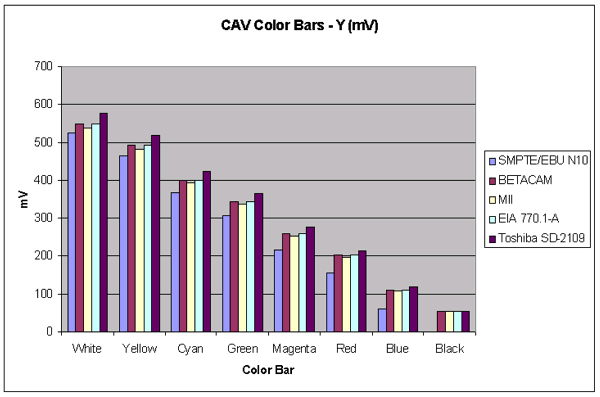
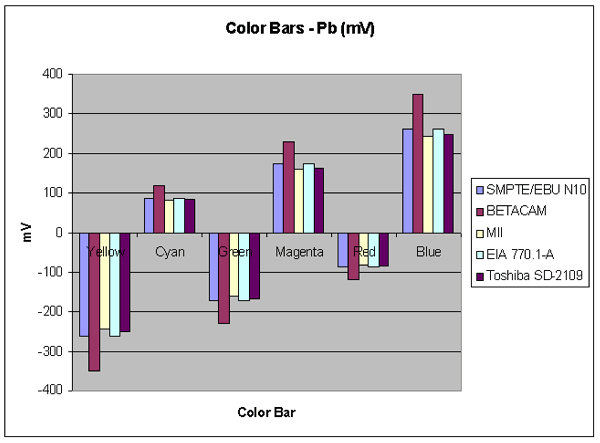
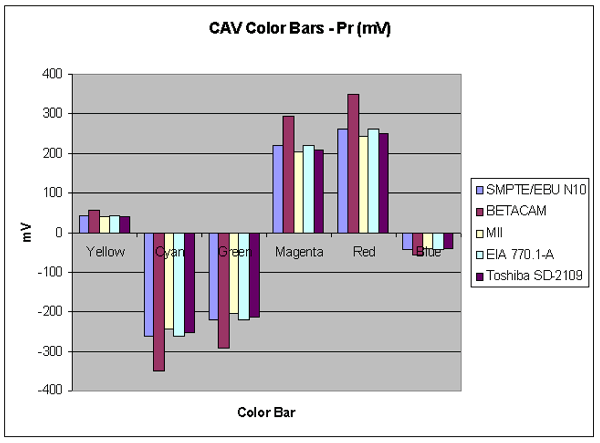
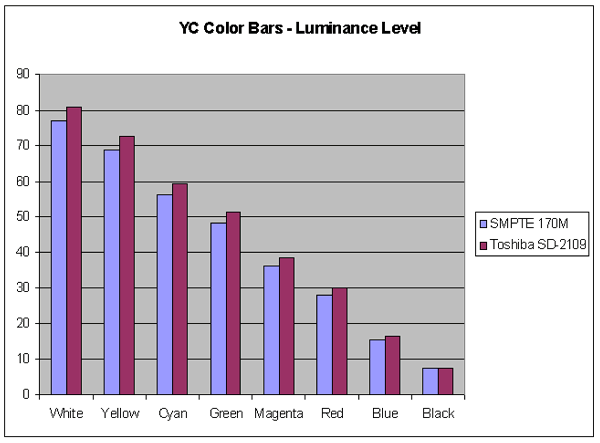
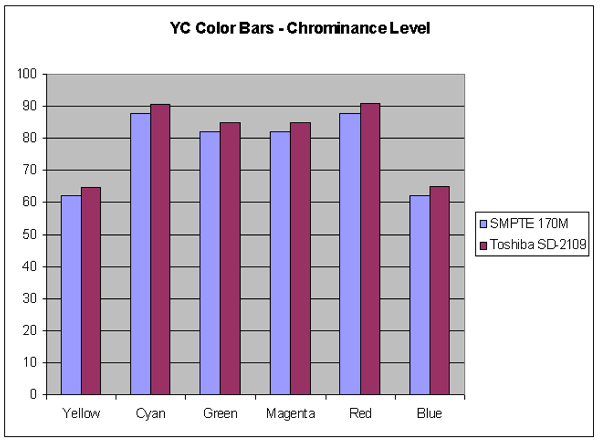
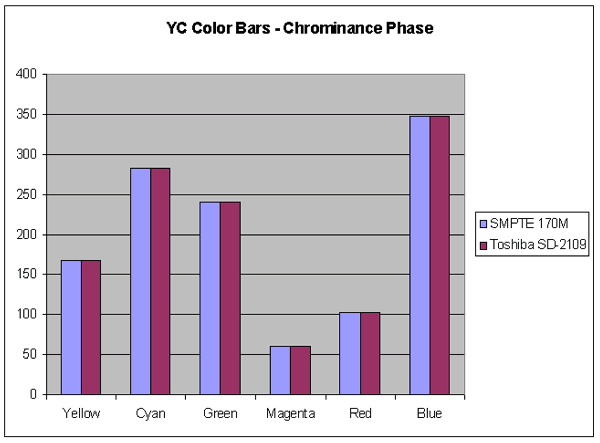
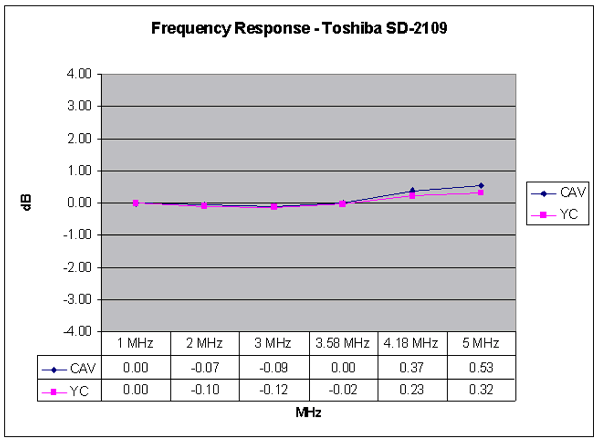
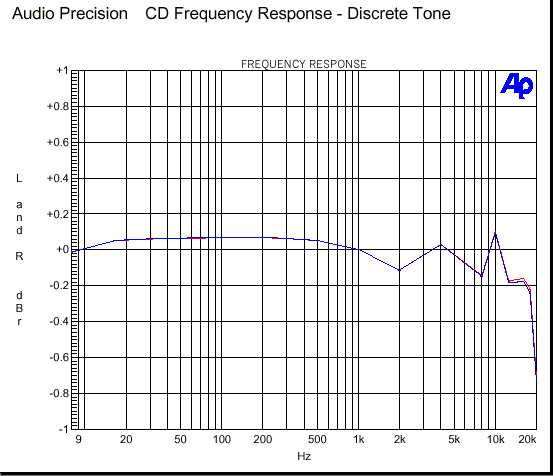
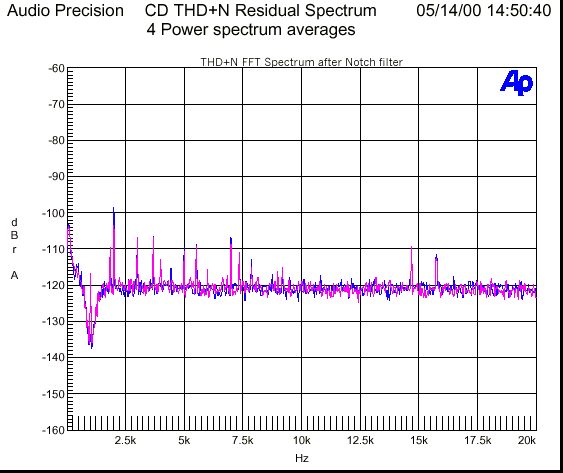
.gif)
.gif)
